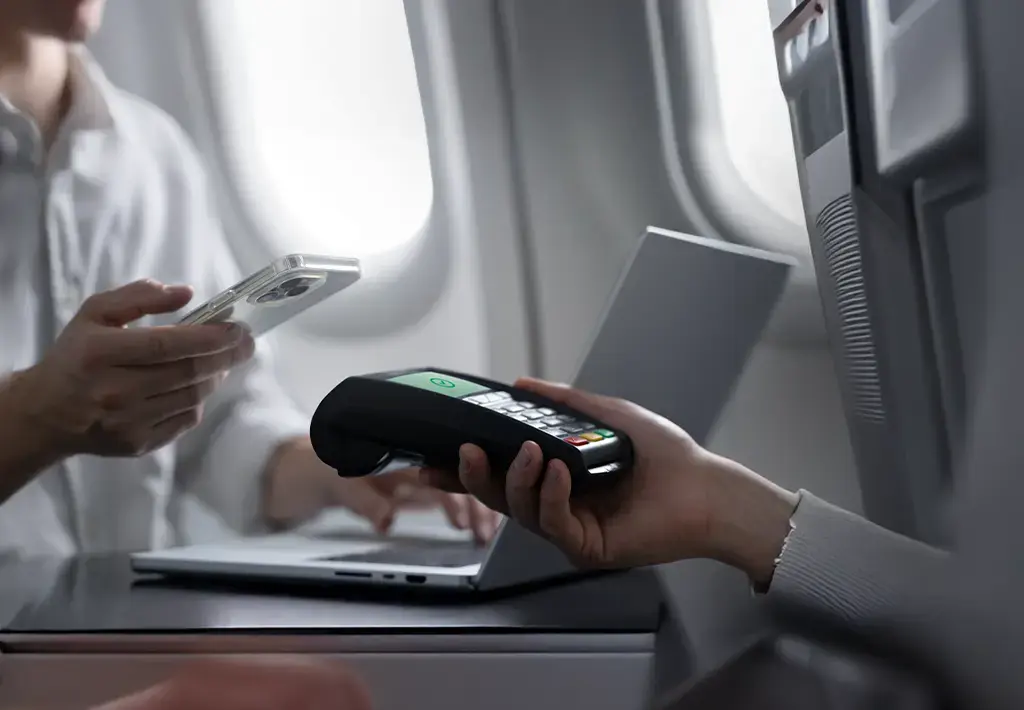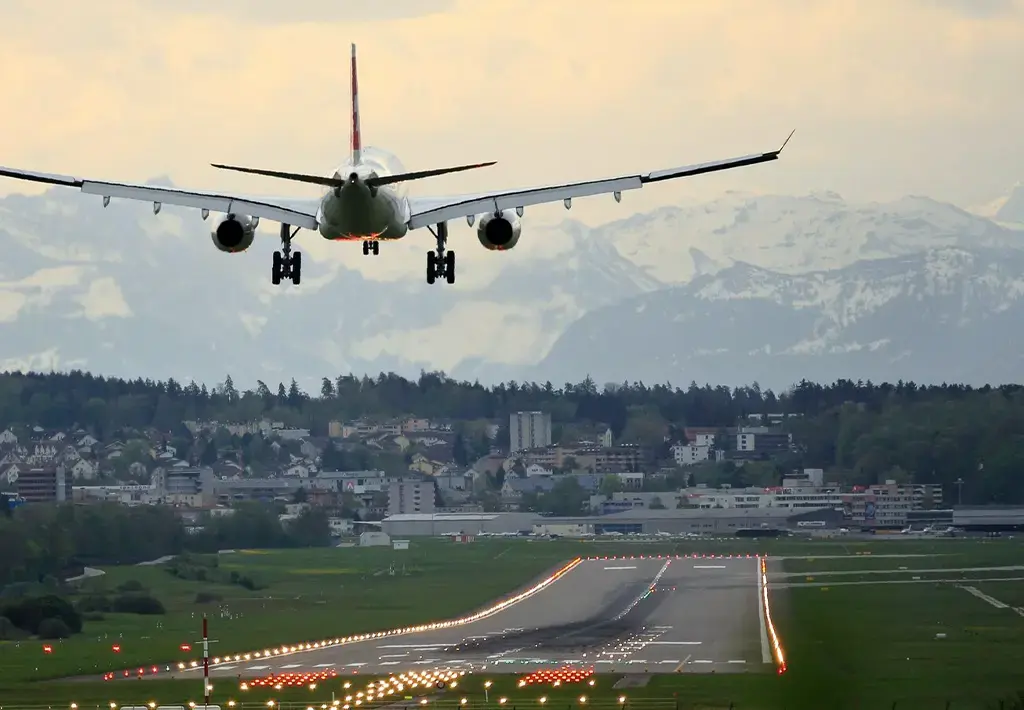Three and a half years since the first lockdowns clipped all our wings, pent-up demand for travel is still washing through the aviation market.
As measured by Revenue Passenger Kilometres (RPKs), demand for global travel grew by 47.2% in the first half of 2023.
In July alone, it had risen by over a quarter on an annual basis. In the US market, domestic air travel is now at its highest level ever recorded.
So if everything’s flying along so smoothly, why shouldn’t airlines just keep doing what they’re doing?
Well, the challenge comes in sustaining these kinds of results. As passengers age in and out of flying, the travel market’s dynamics will change along with its composition.
Customers already behave quite differently along generational lines, and those distinctions are intensifying. Let’s examine this in more detail.
Understanding younger passengers
The two youngest generations, Millennials and Generation Z, now make up three quarters of the aviation market.
With so many passengers in these brackets, airlines need to cultivate a detailed knowledge of who they are and what makes them tick.
Travel patterns
These customers don’t fly like their parents and grandparents do. For one, they travel further. In a global survey from 2022, YouGov found that 47% and 46% of the 18-24 and 25-34 age groups respectively expressed a strong interest in holidaying overseas. By comparison, only 26% of the over-55s said the same.
Perhaps it shouldn’t be a surprise that wanderlust is strongest in the young. But this customer data shows a taste for global travel is not something people normally grow out of. These generations’ globetrotting habits point to a long-term increase in demand for international travel.
Reasons for travel
Millennials and Gen Z also take to the skies with different motivations to their elders.
The YouGov survey found that Gen Zs over-index in their preference for types of holidays tied to the distinct, local characters of their destinations. These include performing arts and food festivals, plus health and fitness activities.
Gen Z, who tend to earn less than their older counterparts, are particularly sensitive to price. 81% cite budget as a factor in booking decisions (compared to just 56% of baby boomers).
Younger travellers are also distinguished by the inspirations for their trips. For 90% of Gen Z, social media colours their international travel choices.
Even among millennials, the oldest of whom are well into their 40s, almost half will travel in order to explore a place they’ve seen on Instagram.
How they book
Unsurprisingly, younger passengers tend to keep things digital when it comes to booking their trips.
66% of millennials book their trips on a smartphone, and their Gen Z counterparts are similarly dependent on their devices.
Once they've logged into their phones, young travellers are likely to load up the apps of online travel agencies (OTAs).
Over half of the traffic for Booking.com, the largest such service, is from people under the age of 44.
These sites function as a one-stop-shop for travelling, easily integrating the different aspects of travel planning like flights, accommodation and car rental at the point of sale. Once the transaction is concluded, users can access their various itineraries, records and receipts from one place.
Extensive personalisation capabilities have driven OTAs' popularity among Millennials and Gen Zs. OTAs leverage users’ data to curate bespoke bundles that will make for each users’ perfect trip.
A wealth of instantly visible information, in the form of pictures, reviews and peer feedback, also appeals to these generations’ appetite for social proof.
Expectations
Younger customers’ expectations of seamlessness and connectivity aren't limited to the booking process. Before, during and after their flights, Millennials and Gen Zs want a digital-centric experience where they can keep track of each element from their phone screens.
These passengers will arrive at the airport armed with digital boarding passes saved to mobile wallets. They’ll connect to the airport WiFi, tracking flight times and gate information on their phones.
Any disruption to their flight and they’ll want to know about it immediately through push notifications and chatbot interfaces.
Onboard, they’ll expect to stay connected throughout the flight using onboard WiFi. Once they arrive at their destinations, they’ll reach for journey planner apps to send them on their way.
Practical steps to capture the next generation
It’s clear that younger passengers approach air travel differently to older generations. In the medium term, airlines will have to remould their strategies accordingly.
Younger flyers are notoriously inconstant; 47% of millennials and 37% of Gen Z passengers change their airline loyalty in the space of a year. To attract and keep these customers, airlines should consolidate their efforts in a few key focus areas.
Pricing and loyalty strategies
A discounting strategy is the most efficient way for airlines to tempt frugal fliers. By offering marked-down flights to selected destinations as a loss leader, airlines can first attract younger flyers into their ecosystem.
After this point, airlines must then onboard these young passengers onto digital-first loyalty programmes. These should revolve around feature-rich apps that feed flyers’ data into personalisation engines to recommend bucket-list trips at competitive (but profitable) price points.
Flyers should be offered the latest class of modern payment options; mobile wallets like Apple Pay, plus Buy Now Pay Later services. These are the building blocks of our next focus area.
Frictionless CX
As today’s younger passengers have grown up, the world around them has been sanded down and smoothed. A smartphone and an account with a couple of big platforms now grant access to almost any service out there, many of which then integrate seamlessly with others.
This is the context in which airlines need to design their user experience (UX).
UX design doesn’t just encompass the digital components of the user experience, though they should be at its centre. The kind of UX that will make repeat customers out of younger passengers is:
-
Joined-up
Great UX starts from the moment passengers start researching their trip. Physical and digital touchpoints need to be seamlessly fused together.
The mobile app acts as the hub of the UX, so passengers should be given some sense of control and visibility over every point in the journey via their touchscreens.
-
Internet-enabled
-
Personalised
Data analytics allow each passenger to be served their ideal journey.
From customised promotions to in-flight meals and entertainment selected to their specs, young customers expect a personal touch before, during and after their trips.
-
Responsive
Delays and cancellations often happen for reasons beyond airlines’ control. But brands can distinguish themselves through their communications. Information-rich updates, delivered in real-time straight to users’ devices through notifications, are the bare minimum.
AI-driven chatbot technology should now be deployed wherever possible to hand customers the right of response and let them inquire after the information they need, as soon as they need it.
Marketing
As we covered earlier, the moment of conversion will normally happen on an OTA. But airlines can boost their brand value to younger passengers by advertising in the spaces they spend the most time on.
This means leveraging the value of social channels, while utilising targeting and personalisation techniques carefully and respectfully.
Charting the flightpath to change
Today’s cash-strapped, fickle younger customers are tomorrow’s frequent flyers. To remain viable, airlines will need to adapt to the tastes and expectations of digitally native generations.
But this takes more than changing how you address customers. The seamless, digital-first experiences we’ve described can only happen with a modern technological infrastructure.
After lagging other sectors in its digital transformation journey, aviation is humming with investment. Airlines are putting their investment into developing systems capable of capturing new business models.
The UX improvements necessary to keep these digital-first travellers onside should be viewed as part of this programme of critical investment.
But to make IT modernisation decisions wisely, airlines need to know the real truth about their current systems. The only way to do that is through a thorough evaluation of existing software.
Our recent whitepaper is packed with the information airline teams need to get their tech stacks ready for change. Download it to learn how to make better decisions for IT modernisation.
Or, consider how digital-first travel solutions can support your business goals and win new passengers.



